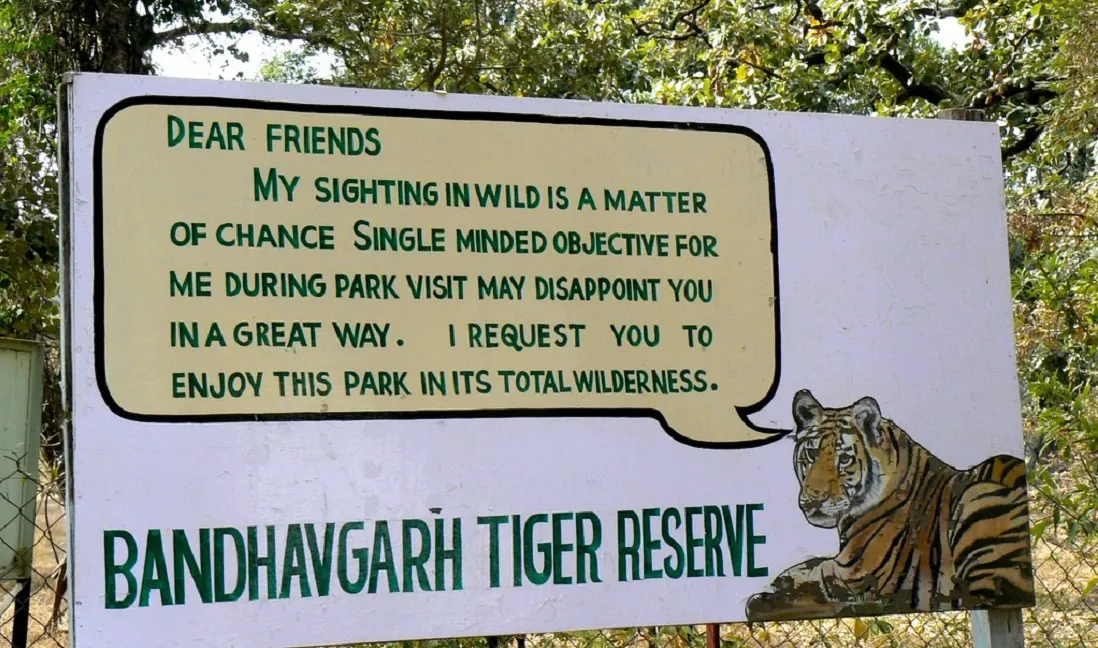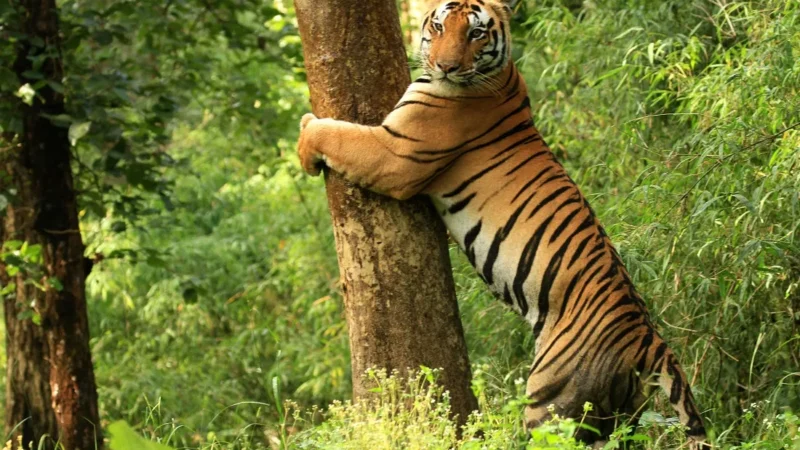River at Bandhavgarh National Park

Bandhavgarh national park river-
Bandhavgarh National Park is situated in the Umaria district of Madhya Pradesh and is one of India’s most famous tiger reserves. The park is home to a diverse range of flora and fauna, including tigers, leopards, sloth bears, Indian bison, and over 250 species of birds. One of the park’s key features is its network of rivers and streams, which not only provide water to the park’s wildlife but also enhance the scenic beauty of the area.
The most prominent river that flows through Bandhavgarh National Park is the Charanganga River. This river is perennial and originates from the hills of Bandhavgarh, which are situated in the Vindhya mountain range. The Charanganga flows through the park’s central region and eventually joins the Johilla River, which forms the park’s eastern boundary. The Charanganga is a lifeline for the park’s wildlife, providing water for the dense vegetation, which in turn supports a variety of animals and birds.
Apart from the Charanganga, several smaller streams and rivulets flow through Bandhavgarh National Park. One of these is the Umrar River, which flows through the park’s southern region. The Umrar River is seasonal and only flows during the monsoon season. The river is an important breeding ground for the Indian muggar or crocodile, a critically endangered species.
The park’s rivers and streams offer a beautiful backdrop to the park’s scenic landscape and are an integral part of the park’s ecosystem. Visitors to Bandhavgarh National Park can enjoy various activities around these rivers and streams, including picnicking, fishing, and birdwatching. However, it is important to note that fishing is strictly regulated within the park, and visitors require a permit from the Forest Department to engage in this activity.
In conclusion, the rivers and streams of Bandhavgarh National Park play a crucial role in sustaining the park’s rich biodiversity. The Charanganga, Umrar, and other small streams and rivulets provide water and support to the park’s wildlife while offering visitors a beautiful and serene environment to enjoy. Anyone visiting the park should take the time to appreciate these natural wonders and their role in creating the unique ecosystem of Bandhavgarh National Park.






